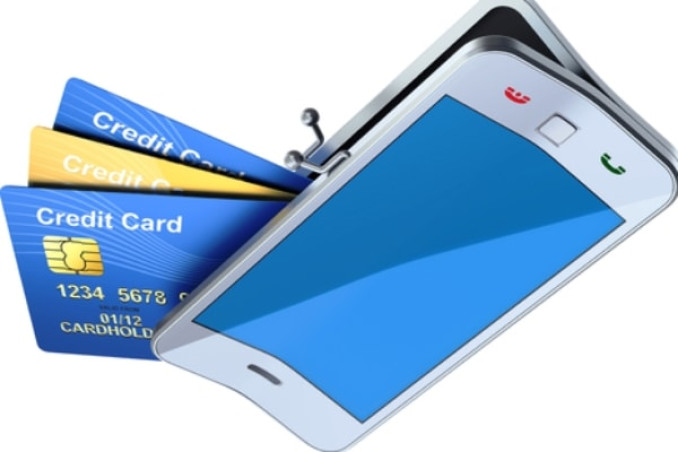Cashless Africa the Answer to Financial Inclusion

An estimated 2.5 billion people across the globe still lack access to formal financial services. In Africa, less than a quarter of all adults are said to make use of bank accounts or other formal financial products.
MasterCard has been one of the key players in Africa working toward increasing access to low-cost financial services through electronic payments. The technology company recently renewed their partnership with the Alliance for Financial Inclusion (AFI) at the African Mobile Phone Financial Services Policy Initiative (AMPI) meeting in Dakar, Senegal, where regulators and government officials from across Africa participated in sessions focused on developing more inclusive economies across the continent.
Daniel Monehin, MasterCards’s Division President for Sub-Saharan Africa, says a collaborative approach where all stakeholders work closely together is the most effective way to extend financial inclusion. “There is no single stakeholder in the value chain that can drive financial inclusion alone, deliver a full suite of solutions, and provide consumers with adequate financial education materials.”
A recent example of an efficient public-private partnership is in Egypt, where MasterCard collaborated with the Egyptian government and the Egyptian Banks Company (EBC) to develop the Mobile Payments Gateway. Monehin describes it as a great example of how the public and private sector can come together to advance financial inclusion. “…We developed our offering even further, and have signed a MoU with the government that leverages this mobile payment platform to roll out a digital ID program that will link the national ID and the mobile ecosystem,” says Monehin. This single, easy-to-use cashless program has opened the doors of financial inclusion to more than 50 million Egyptians. The added benefits there, and in other parts of the continent, include increased transparency, cost effectiveness, financial inclusion, foreign investment and economic growth.
These localized technology solutions is what will bring financial services to Africa’s unbanked and under-served faster than traditional methods. Monehin highlights biometrics and mobile as two main innovations necessary to overcome the barriers to inclusion. Biometrics in particular is imperative to overcome illiteracy tied to financial inclusion, with fingerprint and voice recognition providing an opportunity to safeguard access to accounts. Examples of this can already be seen in Nigeria, where the government partnered with MasterCard to launch a national eID program that combines a biometric identification solution with a prepaid payment functionality that allows cardholders to pay for goods and services, as well as receive government subsidies, social grants and salaries. The plan is to introduce more than 100 million cards to the market, making it the largest rollout of an electronic payment solution in the country, and the broadest financial inclusion program in Africa.
The use of mobile phones on the continent has sky-rocketed in recent years, with a rate of increase pointing toward a mobile digital revolution that is changing the way people do business and perform transactions, particularly through mobile banking. The latest GSMA State of the Industry report, that looks into mobile financial services for the unbanked, shows that Sub-Saharan Africa has seen the strongest take up of mobile money services, with up to half of the world’s active mobile money services for the unbanked located in the region. The report further shows that by December 2014, “23 percent of mobile connections in Sub-Saharan Africa were linked with a mobile money account, whereas smartphone connections only represented 16.4 percent of total mobile connections in this region.”
While mobile can be a great enabler of acceptance, Monehin warns that interoperability, which would allow mobile money subscribers to transfer money regardless of operator, remains a barrier that has kept adoption lower. He adds that building the ecosystem for mobile is critical, and “requires cooperation and partnership among the players in the market who each bring expertise and value.” This is also true for money coming in from abroad, with formal remittance inflow into Africa reaching around $40 billion annually. Through their international transfer hub, HomeSend, MasterCard allows users to send money to and from mobile money accounts, bank accounts, cash outlets or payment cards regardless of their location or that of the recipient. HomeSend is already active in a few countries on the continent – including Nigeria where inflows are estimated at $20 billion a year, making it the largest receiver of remittances in Sub-Saharan Africa by far – with plans to further expand into new markets in Africa.
SOURCE:AFRICA.COM
 Africas leading resource for digital financial services
Africas leading resource for digital financial services


comments